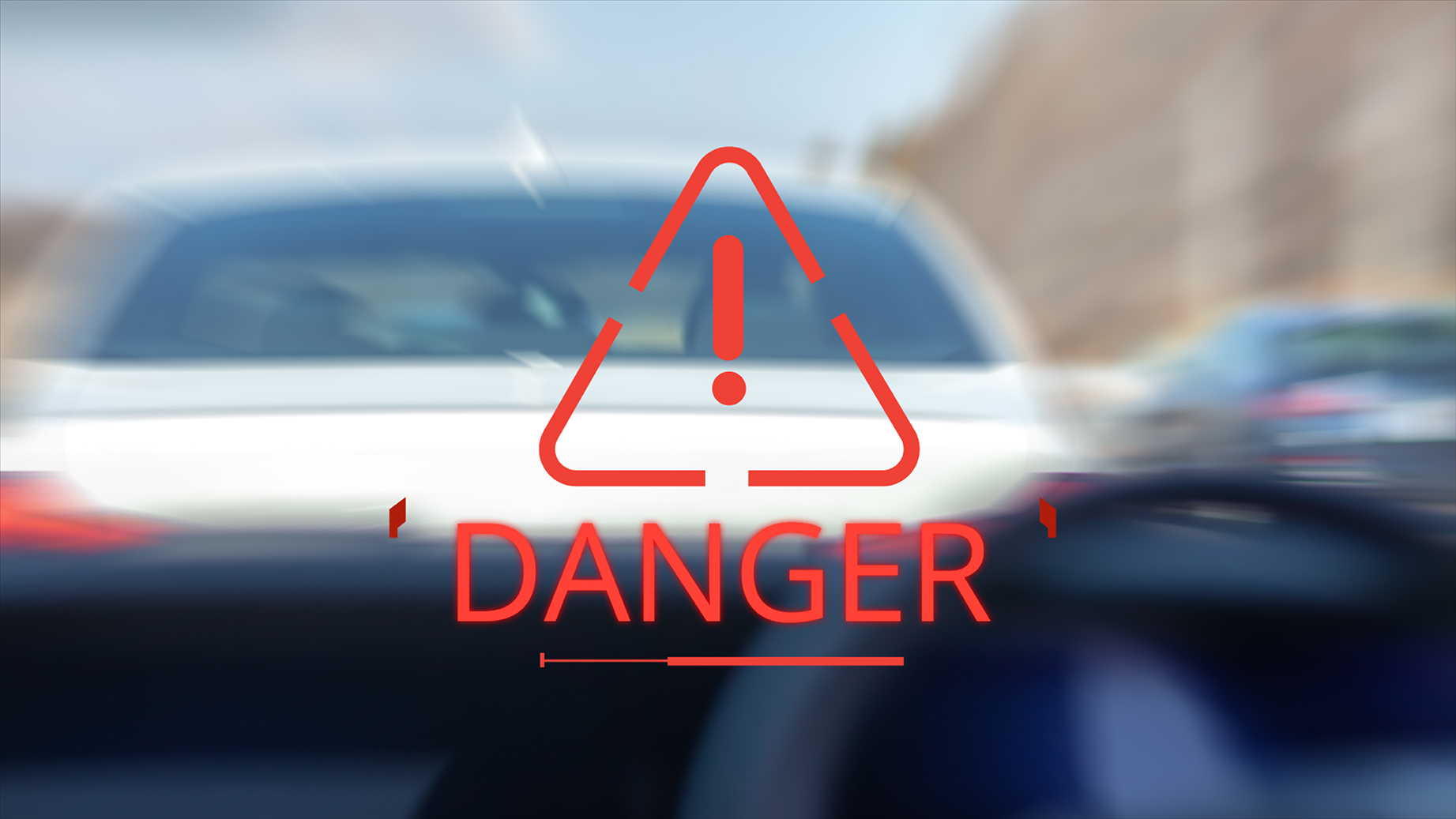
Increase your following distance, reduce your risk – safety tips from GEM
Road safety and breakdown organisation GEM Motoring Assist is calling on drivers to try out the ‘two-second rule’ and ensure they’re not putting lives at risk by tailgating.
The advice follows the start of trials involving motorway cameras designed to detect drivers travelling too close, amid concerns that too many motorists are simply unaware of the distance they need to stop safely in an emergency.
Being followed too closely is one of the most hated experiences among drivers, according to GEM chief executive Neil Worth.
“Drivers regularly place being tailgated up there at the top of the list of annoying, unpleasant and downright dangerous threats they experience on the road,” he says.
“Imagine a sudden problem ahead of you on a motorway or dual carriageway. According to the Highway Code, if you’re driving at 70mph you will need a minimum of 96 metres to come to a stop. This relies on your being alert and able to react immediately to the problem you’ve spotted ahead.
“Any sort of distraction will compromise that ability, meaning you will continue driving towards the problem at more than 60 metres per second.
“The two-second rule is a great guide, and it works because it’s time-based, not distance-based. There’s flexibility that matches your speed, so it doesn’t mean carrying a spreadsheet of distances and speeds around in your head.
“You should note as the vehicle in front passes a fixed point, such as a tree or lamp-post. Then you say ‘Only a fool breaks the two-second rule.’ If you are still speaking when you pass the same fixed point, then you are following too close.”
In November 2020, Highways England began trials of new cameras to clamp down on tailgating, an offence it says is a factor in around one in eight casualties on England’s motorways and major A roads.
Choosing a close-following position is likely to intimidate the driver in front, but GEM is also concerned about those drivers who may follow too closely simply because they’re not paying attention or they’re simply not aware of the space they would need to stop if anything went wrong ahead of them.
“They don’t mean anyone else any harm, but they’re still putting lives at risk,” adds Neil. “That’s why trying out the two-second rule on a road journey should be very helpful in demonstrating whether we are following at a distance that will let us react and stop safely if we need to, or whether we are putting ourselves and others at risk because there’s simply not enough space in front of us.”
Stay safe with GEM’s tips:
- Try out the two-second rule on any journey.
- In wet weather, two seconds needs to be come four seconds. This is because reduced visibility means spotting hazards is harder, and tyres have less grip on wet roads, meaning it takes longer to stop.
- Don’t assume that different rules apply to drivers of modern cars with fantastic brakes. Effective braking – and doing it early enough – still relies on observant, alert drivers.
- Check your driver seating position to ensure you can brake hard if you suddenly need to. This can be compromised if your seat is positioned too far forward, or too far back.
- Make a habit of observing what’s going on beyond the vehicle in front. Seeing the possible problems well ahead means fewer nasty surprises.
- If you’re concerned that someone is following you too closely, then leave plenty of extra room ahead of you so that you can lose speed gradually if you need to. Let them pass when it’s safe, so that their presence behind you doesn’t turn into a risky distraction.
